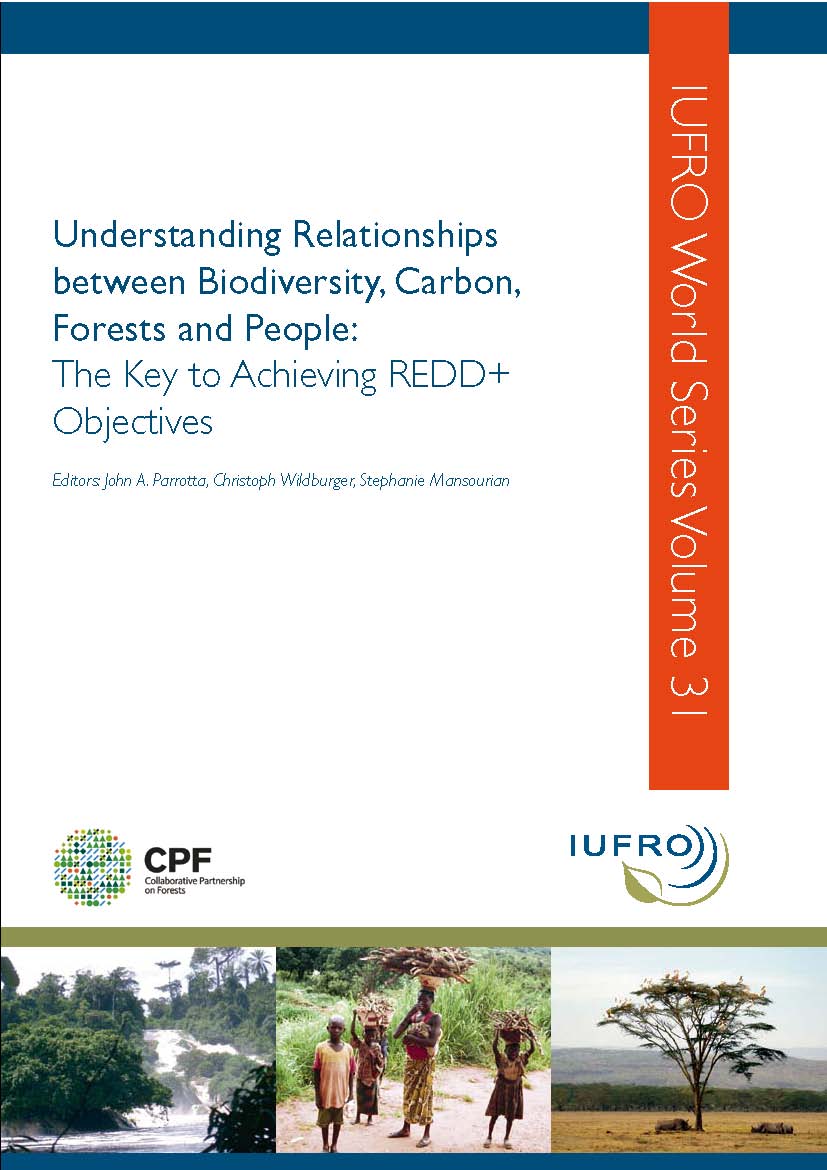Competition among trees is an important driver of community structure and dynamics in tropical forests. Neighboring trees may impact an individual tree's growth rate and probability of mortality, but large-scale geographic and environmental variation in these competitive effects has yet to be evaluated across the tropical forest biome. We quantified effects of competition on tree-level basal area growth and mortality for trees = 10 cm diameter across 151 ~1-ha plots in mature tropical forests in Amazonia and tropical Africa by developing non-linear models that accounted for wood density, tree size and neighborhood crowding. Using these models, we assessed how water availability (i.e., climatic water deficit) and soil fertility influenced the predicted plot-level strength of competition (i.e., the extent to which growth is reduced, or mortality is increased, by competition across all individual trees). On both continents, tree basal area growth decreased with wood density, and increased with tree size. Growth decreased with neighborhood crowding, which suggests that competition is important. Tree mortality decreased with wood density and generally increased with tree size, but was apparently unaffected by neighborhood crowding. Across plots, variation in the plot-level strength of competition was most strongly related to plot basal area (i.e., the sum of the basal area of all trees in a plot), with greater reductions in growth occurring in forests with high basal area, but in Amazonia the strength of competition also varied with plot-level wood density. In Amazonia, the strength of competition increased with water availability because of the greater basal area of wetter forests, but was only weakly related to soil fertility. In Africa, competition was weakly related to soil fertility, and invariant across the shorter water availability gradient. Overall, our results suggest that competition influences the structure and dynamics of tropical forests primarily through effects on individual tree growth rather than mortality, and that the strength of competition largely depends on environment-mediated variation in basal area.
Download:
DOI:
https://doi.org/10.1002/ecy.3052
Puntuación Altmetric:
Dimensiones Recuento de citas:

Año de publicación
2020
Autores
Rozendaal, D.M.; Phillips, O.L.; Lewis, S.L.; Affum-Baffoe, K.; Alvarez Dávila, E.; Andrade, A.; Aragão, L.E.; Araujo-Murakami, A.; Baker, T.R.; Bánki, O.; Brienen, R.J.; Camargo, J.L.C.; Comiskey, J.A.; Djuikouo, M.N.K.; Fauset, S.; Feldpausch, T.R.; Killeen, T.J.; Laurance, W.F.; Laurance, S.G.; Lovejoy, T.; Malhi, Y.; Marimon, B.S.; Marimon, B.-H.; Junior; Marshall, A.R.; Neill, D.A.; Núñez Vargas, P.; Pitman, N.C.; Poorter, L.; Reitsma, J.; Silveira, M.; Sonké, B.; Sunderland, T.C.H.; Taedoumg, H.; Ter Steege, H.; Terborgh, J.W.; Umetsu, R.K.; van der Heijden, G.M.; Vilanova, E.; Vos, V.; White, L.J.; Willcock, S.; Zemagho, L.; Vanderwel, M.C.
Idioma
English
Palabras clave
trees, tropical forests, growth rate
Geográfico
Bolivia, Brazil, Colombia, Ecuador, French Guyana, Guyana, Peru, Venezuela, Cameroon, Gabon, Ghana, Liberia, Tanzania


















